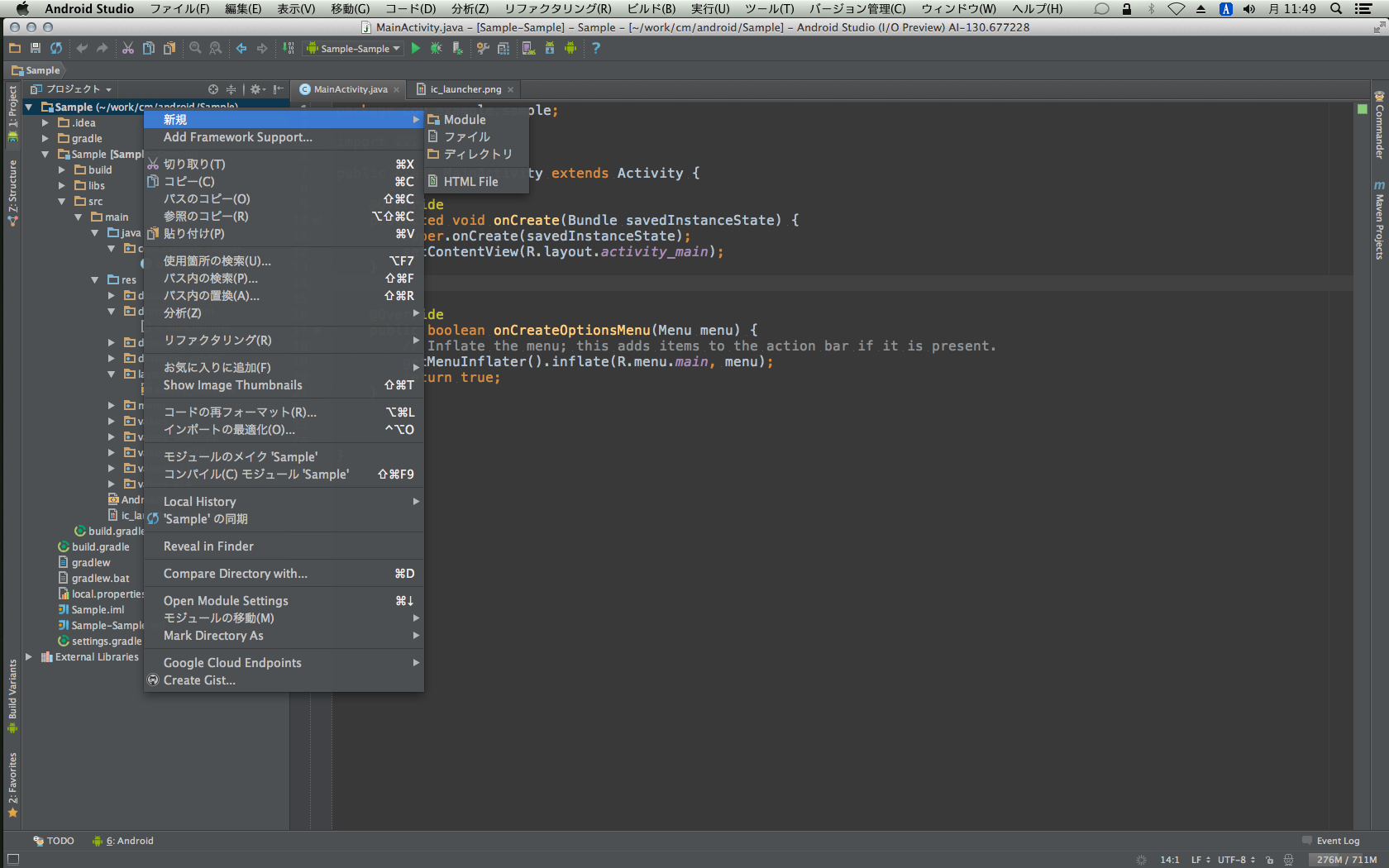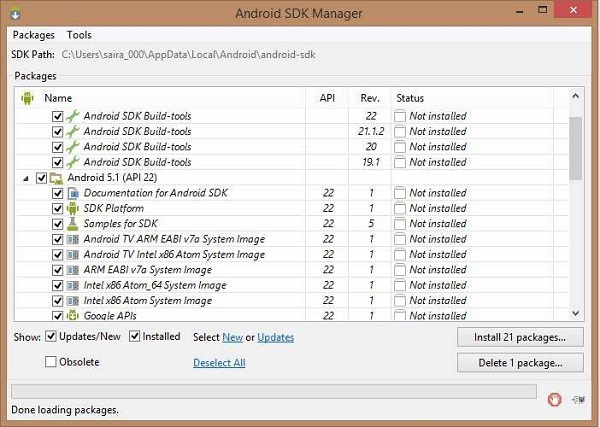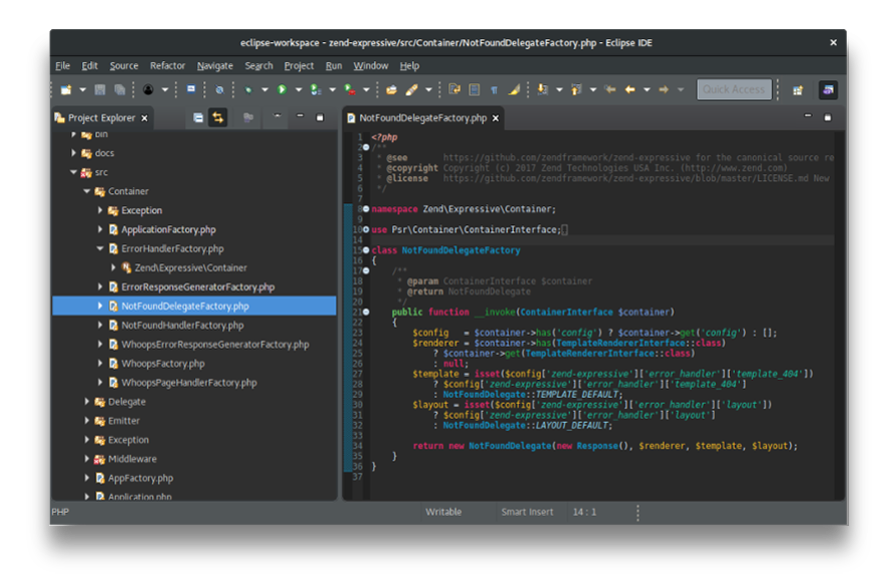Eclipse is a web based emulator that can run NES, GB, GBC, and GBA games. It can be run on almost any device that has access to a modern web browser. You can add games into the emulator either by repo, uploading, or by manually entering information. You can customise Eclipse to look however you want with the addition of Skins.
- Android Eclipse Download For Mac Os
- Eclipse Latest Versions
- Eclipse Download Ide
- Android Eclipse Download For Mac Free
Android offers a custom plugin for the Eclipse IDE, called AndroidDevelopment Tools (ADT). This plugin provides a powerful, integratedenvironment in which to develop Android apps. It extends the capabilitiesof Eclipse to let you quickly set up new Android projects, build an appUI, debug your app, and export signed (or unsigned) app packages (APKs) for distribution.

If you need to install Eclipse, you can download it from eclipse.org/mobile.
Note: If you prefer to work in a different IDE, you do not need toinstall Eclipse or ADT. Instead, you can directly use the SDK tools to build anddebug your application.
- As new tools and other APIs become available, Android Studio tells you with a pop-up, or you can check for updates by clicking Help Check for Update. To install Android Studio on your Mac, proceed as follows: Launch the Android Studio DMG file. Drag and drop Android Studio into the Applications folder, then launch Android Studio.
- Download ADT Plugin for Eclipse for Mac - A popular plugin for the Eclipse integrated development environment designed to provide you with the means to build Android applications.
- Download the Android SDK for your platform (Windows, Mac OS X, or Linux). Extract the downloaded file to somewhere memorable on your hard drive (on Linux, I use /opt/local/). If you don’t already have Eclipse installed, download and install the Eclipse IDE for Java Developers package. For programming, Google recommends using Eclipse 3.5.
- Go to the download folder, you would find a file named “eclipse-java-mars-2-macosx-cocoa-x8664.tar” (the file name may be different based on the version you download but it should be a tar file starting with word eclipse).
Download the ADT Plugin
- Start Eclipse, then select Help > Install NewSoftware.
- Click Add, in the top-right corner.
- In the Add Repository dialog that appears, enter 'ADT Plugin' for the Name and thefollowing URL for the Location:
- Click OK.
If you have trouble acquiring the plugin, try using 'http' in the Location URL,instead of 'https' (https is preferred for security reasons).
- In the Available Software dialog, select the checkbox next to Developer Tools and clickNext.
- In the next window, you'll see a list of the tools to be downloaded. ClickNext.
- Read and accept the license agreements, then click Finish.
If you get a security warning saying that the authenticity or validity ofthe software can't be established, click OK.
- When the installation completes, restart Eclipse.
Configure the ADT Plugin
Once Eclipse restarts, you must specify the location of your Android SDK directory:

- In the 'Welcome to Android Development' window that appears, select Useexisting SDKs.
- Browse and select the location of the Android SDK directory you recentlydownloaded and unpacked.
- Click Next.
Your Eclipse IDE is now set up to develop Android apps, but you need to addthe latest SDK platform tools and an Android platform to your environment.To get these packages for your SDK, continue toAdding Platforms and Packages.
Troubleshooting Installation
If you are having trouble downloading the ADT plugin after following thesteps above, here are some suggestions:
- If Eclipse can not find the remote update site containing the ADT plugin,try changing the remote site URL to use http, rather than https. That is, setthe Location for the remote site to:
- If you are behind a firewall (such as a corporate firewall), make sure thatyou have properly configured your proxy settings in Eclipse. In Eclipse,you can configure proxy information from the main Eclipse menu inWindow (on Mac OS X, Eclipse) >Preferences > General > NetworkConnections.
If you are still unable to use Eclipse to download the ADT plugin as aremote update site, you can download the ADT zip file to your local machine andmanually install it:
- Download the ADT Plugin zip file (do not unpack it):
Package Size MD5 Checksum ADT-21.1.0.zip 13564671 bytes f1ae183891229784bb9c33bcc9c5ef1e - Start Eclipse, then select Help > Install NewSoftware.
- Click Add, in the top-right corner.
- In the Add Repository dialog, click Archive.
- Select the downloaded ADT-21.1.0.zip file and click OK.
- Enter 'ADT Plugin' for the name and click OK.
- In the Available Software dialog, select the checkbox next to Developer Tools and clickNext.
- In the next window, you'll see a list of the tools to be downloaded. ClickNext.
- Read and accept the license agreements, then click Finish.
If you get a security warning saying that the authenticity or validity ofthe software can't be established, click OK.
- When the installation completes, restart Eclipse.
To update your plugin once you've installed using the zip file, you will haveto follow these steps again instead of the default update instructions.
Other install errors
Note that there are features of ADT that require some optionalEclipse packages (for example, WST). If you encounter an error wheninstalling ADT, your Eclipse installion might not include these packages.For information about how to quickly add the necessary packages to yourEclipse installation, see the troubleshooting topicADTInstallation Error: 'requires plug-in org.eclipse.wst.sse.ui'.
For Linux users
If you encounter this error when installing the ADT Plugin for Eclipse:
...then your development machine lacks a suitable Java VM. Installing SunJava 6 will resolve this issue and you can then reinstall the ADTPlugin.
The Android SDK separates tools, platforms, and other components into packages you can download using the SDK Manager. For example, when the SDK Tools are updated or a new version ofthe Android platform is released, you can use the SDK Manager to quickly download them toyour environment.
Android Eclipse Download For Mac Os
You can launch the SDK Manager in one of the following ways:
- From Eclipse (with ADT), select Window > Android SDK Manager.
- From Android Studio, select Tools > Android > SDK Manager.
- On Windows, double-click the
SDK Manager.exefile at the root of the AndroidSDK directory. - On Mac or Linux, open a terminal and navigate to the
tools/directory in thelocation where the Android SDK is installed, then executeandroid sdk.
You can select which packages you want to download by toggling the checkboxes on the left, thenclick Install to install the selected packages.
Figure 1. The Android SDK Manager shows theSDK packages that are available, already installed, or for which an update is available.
There are several different packages available for the Android SDK. The table below describesmost of the available packages and where they're located in your SDK directoryonce you download them.
Recommended Packages
Here's an outline of the packages required and those we recommend you use:
 Required.You must download at least one platform into yourenvironment so you're able to compile your application. In order to provide the best user experienceon the latest devices, we recommend that you use the latest platform version as your build target.You'll still be able to run your app on older versions, but you must build against the latestversion in order to use new features when running on devices with the latest version of Android.
Required.You must download at least one platform into yourenvironment so you're able to compile your application. In order to provide the best user experienceon the latest devices, we recommend that you use the latest platform version as your build target.You'll still be able to run your app on older versions, but you must build against the latestversion in order to use new features when running on devices with the latest version of Android. To get started, download the latest Android version, plus the lowest version you plan to support (we recommend Android 2.2 for your lowest version).

Tip: For easy access to the SDK tools from a command line, add thelocation of the SDK's tools/ andplatform-tools to your PATH environment variable.
The above list is not comprehensive and you can add new sites to download additional packages from third-parties.
In some cases, an SDK package may require a specific minimum revision ofanother package or SDK tool.The development tools will notify you with warnings if there is dependency that you need toaddress. The Android SDK Manager also enforces dependencies by requiring that you download anypackages that are needed by those you have selected.
Adding New Sites
By default, Available Packages displays packages available from theAndroid Repository and Third party Add-ons. You can add other sites that hosttheir own Android SDK add-ons, then download the SDK add-onsfrom those sites.
For example, a mobile carrier or device manufacturer might offer additionalAPI libraries that are supported by their own Android-powered devices. In orderto develop using their libraries, you must install their Android SDK add-on, if it's not alreadyavailable under Third party Add-ons.
If a carrier or device manufacturer has hosted an SDK add-on repository fileon their web site, follow these steps to add their site to the Android SDKManager:
- Select Available Packages in the left panel.
- Click Add Add-on Site and enter the URL of the
repository.xmlfile. Click OK.
Any SDK packages available from the site will now be listed under a new item namedUser Add-ons.
Eclipse Latest Versions
Troubleshooting
Problems connecting to the SDK repository

Eclipse Download Ide
If you are using the Android SDK Manager to download packages and are encounteringconnection problems, try connecting over http, rather than https. To switch theprotocol used by the Android SDK Manager, follow these steps:
Android Eclipse Download For Mac Free
- With the Android SDK Manager window open, select 'Settings' in the left pane.
- On the right, in the 'Misc' section, check the checkbox labeled 'Force https://... sources to be fetched using http://...'
- Click Save & Apply.